
- Want a ticket worth up to $500 for free?
- Submit your answer by April 30th for a chance to win.
Discover how much camping costs and how to do it on a budget! Essential gear, campsite fees, meals and how to camp for free with Worldpackers.
11min
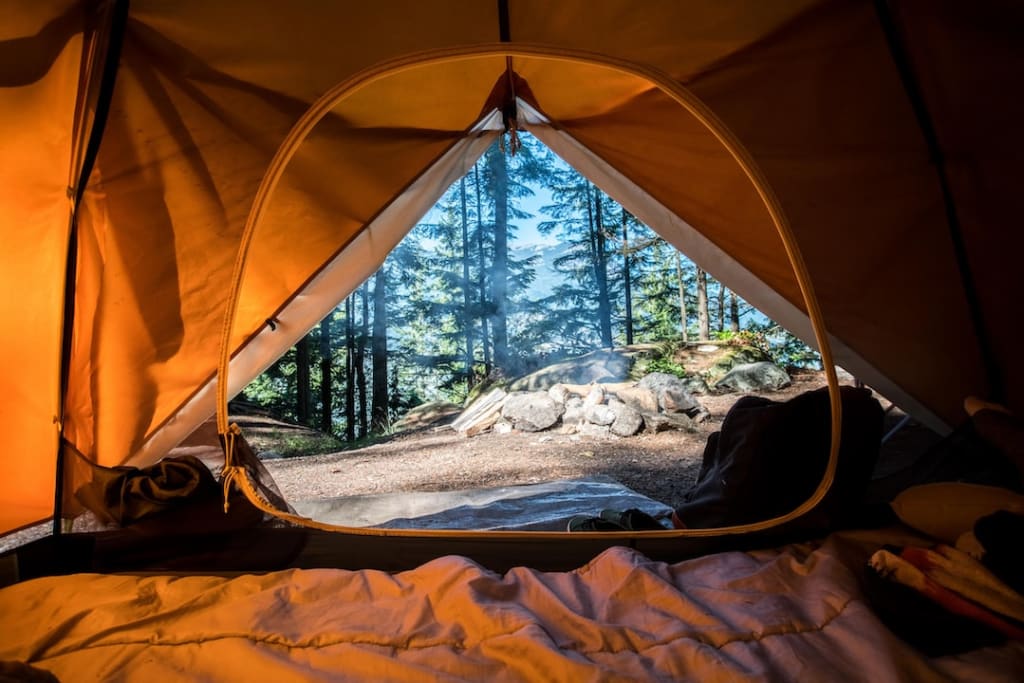
Camping is a great way to explore nature and have life-changing experiences, but how much does camping cost? It's not as expensive as you might think. Essentials like tents, sleeping bags, air mattresses, cooking gear and lamps don't have to break the bank.
A first aid kit is also a must when going out into the wilderness. Then there are campsite fees, meals and transportation costs, that must also be taken into account when budgeting your trip. But don't worry -there are ways to camp on a budget like volunteering with Worldpackers. Let’s find out just how much it will cost to go camping this season.
When it comes to camping, tents are an essential item. Whether you’re a beginner or experienced camper, there are several types of tents available to choose from. Let’s take a look at the different types of tents, their price range and where to buy them.
The most common type of tent is the dome tent, which is great for beginners because they’re easy to set up and relatively lightweight. Dome tents come in various sizes ranging from two-person models all the way up to eight-person varieties depending on your needs.
Prices can vary greatly but generally start around $80 and go up from there depending on features like waterproofing, built-in groundsheets and ventilation panels. Popular brands include Coleman and Big Agnes who both offer quality products at competitive prices.
Choose from +100 options to camp for free around the world as a Worldpackers volunteer and get a live change experience.
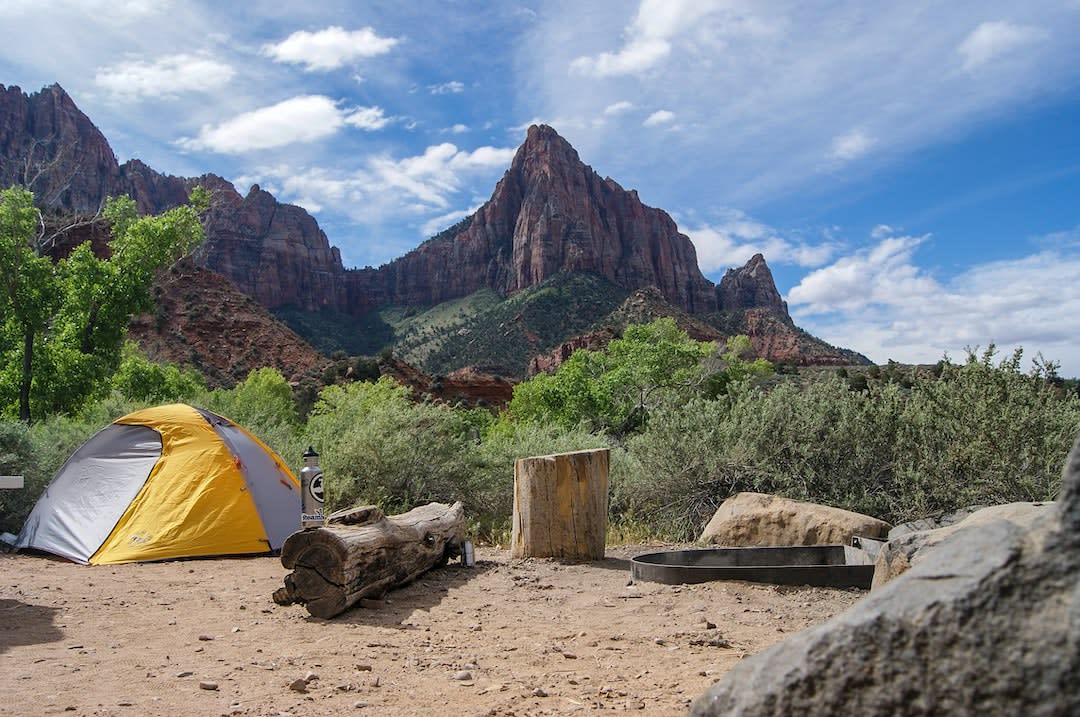
Another popular option is the cabin tent which provides more living space than traditional dome models thanks to its vertical walls allowing you to stand upright inside with ease. Cabin tents also come in various sizes ranging from four-person models all the way up to twelve person varieties making them ideal for larger groups or families looking for more space when camping out together.
Prices start around $150 depending on size and features such as extra windows/vents or sewn-in groundsheets providing added protection against water ingress during wet weather conditions so be sure check out these options if that's something you're after.
Finally we have pop-up/instant tents which are incredibly quick and easy setup requiring no poles whatsoever - simply unpack it from its bag then watch it ‘pop’ into shape. These make great options for short weekend trips away as they provide enough room for one or two people while still being light enough (and small enough) that they won't take up too much space in your car boot either.
Prices typically start around $100 with some premium versions reaching upwards of $200+ but offering additional features such as fully taped seams giving enhanced waterproof protection plus insect mesh doorways keeping those pesky bugs out.
To ensure an enjoyable outdoor experience, selecting the appropriate tent is essential. There are several types of tents available ranging from dome models for beginners all the way up to cabin varieties perfect for larger groups or families, plus instantpop-up options ideal for weekend trips. Do your homework and pick wisely - you'll be glad you did.
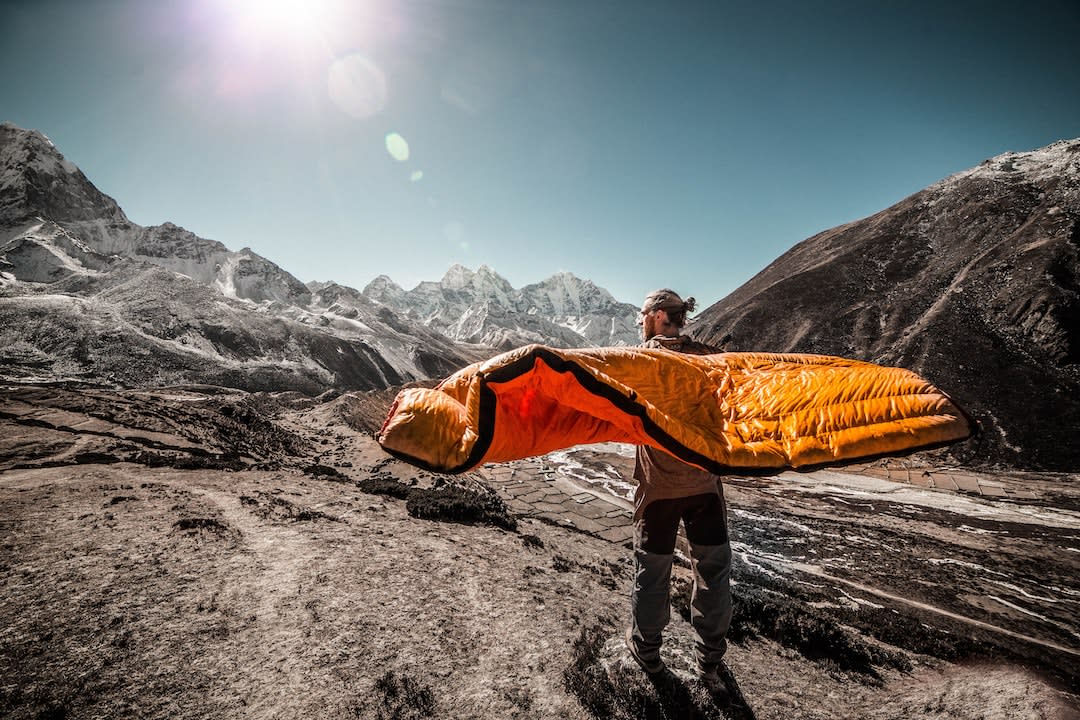
Selecting a sleeping bag involves taking into account several elements. First and foremost is temperature rating. For colder climates, opt for a sleeping bag with an appropriate warmth rating to suit the temperatures you'll be experiencing.
Insulation type playhs an important role when selecting a sleeping bag. Down-filled bags tend to provide more warmth while synthetic materials are usually lighter and easier to care for. Shape can also impact how warm or comfortable your sleep will be - mummy bags offer superior heat retention, but may not be as spacious as rectangular models that allow more freedom of movement while asleep.
In terms of price range, basic synthetic-filled sleeping bags start around $30 USD and can go up depending on features such as size or additional padding or insulation layers. Top-of-the-line down filled options could cost over $200 USD. You can find budget friendly options at most outdoor stores like REI or Dick's Sporting Goods; online retailers such as Amazon often have great deals too.
When shopping online however, make sure you read customer reviews before making any purchases - this way you can get firsthand accounts from people who've actually used the product so that you know what to expect before buying it yourself.
Sleeping bags are a great way to stay warm and comfortable while camping, but they won’t do their job without an air mattress or sleeping pad underneath. Weighing up the various possibilities, such as cost and where to purchase them, that is essential when selecting your sleeping pad.
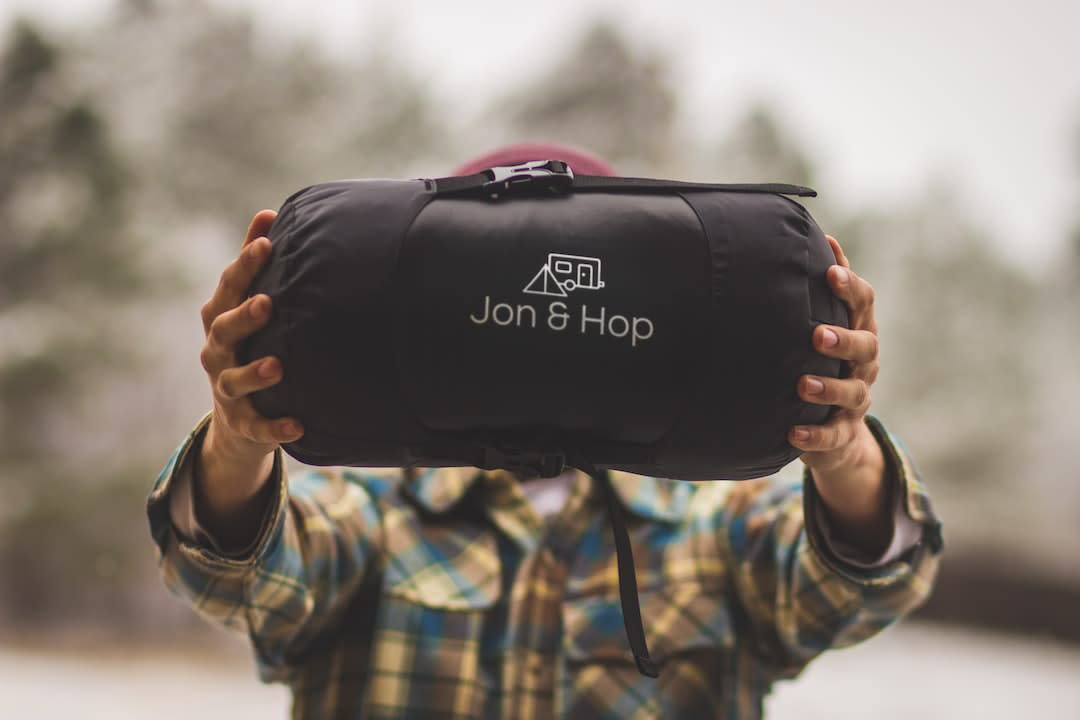
For a comfortable and enjoyable camping experience, selecting an appropriate air mattress or sleeping pad is essential. There are a variety of types available, from lightweight foam mats to luxurious self-inflating models that provide superior insulation and cushioning.
When shopping for a sleeping pad or air mattress, take into account elements such as size, coziness level, sturdiness and cost. For those looking for a balance between insulation and ease of setup, self-inflating air mattresses or sleeping pads provide an ideal solution.
Foam mats offer a light weight option with minimal insulation while inflatable air beds provide greater cushioning but require more effort to set up.
Self-inflating models combine the best of both worlds by providing superior insulation while being easy to use. Many manufacturers offer specialised designs for extreme conditions such as cold weather and mountaineering, where additional insulation is needed.
The cost of an air mattress or sleeping pad will vary depending on type and features offered but generally range between $20-$200 USD for basic models up to $400+ USD for luxury versions with advanced features like adjustable firmness levels and built-in pumps for quick inflation/deflation times.
You can purchase quality air mattresses or sleeping pads at most outdoor stores like REI Coop (US), Mountain Warehouse (UK) or Decathlon (France). Alternatively, browsing the web for a deal may be beneficial. Many e-commerce sites provide various air mattresses or sleeping pads with competitive prices.
A sleeping pad or air mattress is a great addition to any camping trip, offering comfort and portability. Next, let's discuss the topic of cooking gear.
A good night's sleep in your amazing mountain vacation is largely dependent on having the right air mattress or sleeping pad. Prices range from budget-friendly foam mats up to luxurious self-inflating models that provide superior insulation and cushioning. Shop around for a quality product at outdoor stores or online retailers like Amazon for competitive prices before making your purchase.

Cooking supplies are essential for any camping trip. For optimal portability, convenience, and safety while camping, it is important to select the correct cooking supplies.
Depending on the size of your camping party, a range of cooking supplies can be selected to meet your needs. Pots and pans come in various sizes from small frypans to large stockpots – perfect for boiling water or making a big pot of stew.
Spoons, spatulas and tongs are available in a variety of sizes and materials, ranging from plastic to metal. Stoves vary from single burner models up to multi-burner units with grills attached – great for barbecuing. Fuel is also an important consideration when selecting a stove, some require propane gas while others may use white gas or even wood chips.
Cost of cooking materials can differ greatly, however they usually span from approximately $20 to $50 per item depending on quality and size. For example, basic pots/pans start at around $20 each while more expensive versions with non-stick surfaces can go up into the hundreds of dollars range if desired.
Utensils usually run between $5-$15 each depending on material used while stoves start at around $30-$40 for single burner models up into the hundreds for larger ones with multiple burners plus grills attached. Fuel costs vary widely based on type so make sure you check before purchasing anything.
Camping cooking supplies are essential for a successful outdoor experience and come in a wide range of prices. From frypans to multi-burner grills, you can find the right equipment at an affordable cost - just make sure to factor in fuel costs.
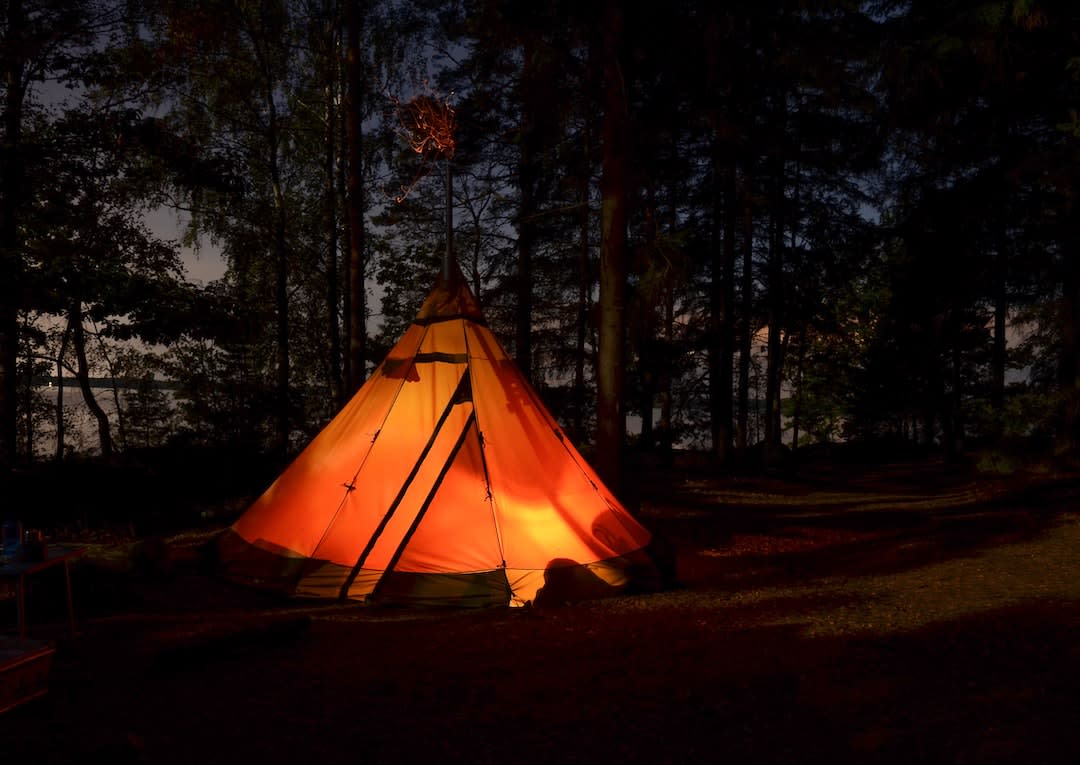
Headlamps and lanterns are essential pieces of equipment for any camping trip. When selecting a headlamp or lantern, it’s important to consider factors such as:
Headlamps and lanterns come in a variety of sizes, brightness levels, and power sources including LED, battery-powered, and solar-powered models. Battery-powered options include LED headlamps with varying degrees of brightness ranging from 10 lumens to 500 lumens or more.
Solar-powered models are also becoming increasingly popular due to their eco-friendly nature. These can be recharged using solar panels during the day which then provide light at night when needed.
Headlamps and lanterns can cost anywhere from $15 to over $100, so it is important to find one that fits your budget while still providing quality lighting for your camping needs. It’s important to find one that fits your budget while still providing quality lighting for your camping needs.
Online retailers such as Amazon or the manufacturer's website can provide a convenient way to purchase headlamps and lanterns if you already know what you're looking for. You can also find them in most outdoor stores like REI or Bass Pro Shops where you can get expert advice before making a purchase decision if needed.
Ensure you have a reliable headlamp or lantern for your camping trips, as it can be vital in an emergency. For any eventuality on your camping trip, it is essential to be equipped with a comprehensive first aid kit containing the necessary supplies.
Keep reading: how to find volunteering opportunities around the world using Worldpackers.
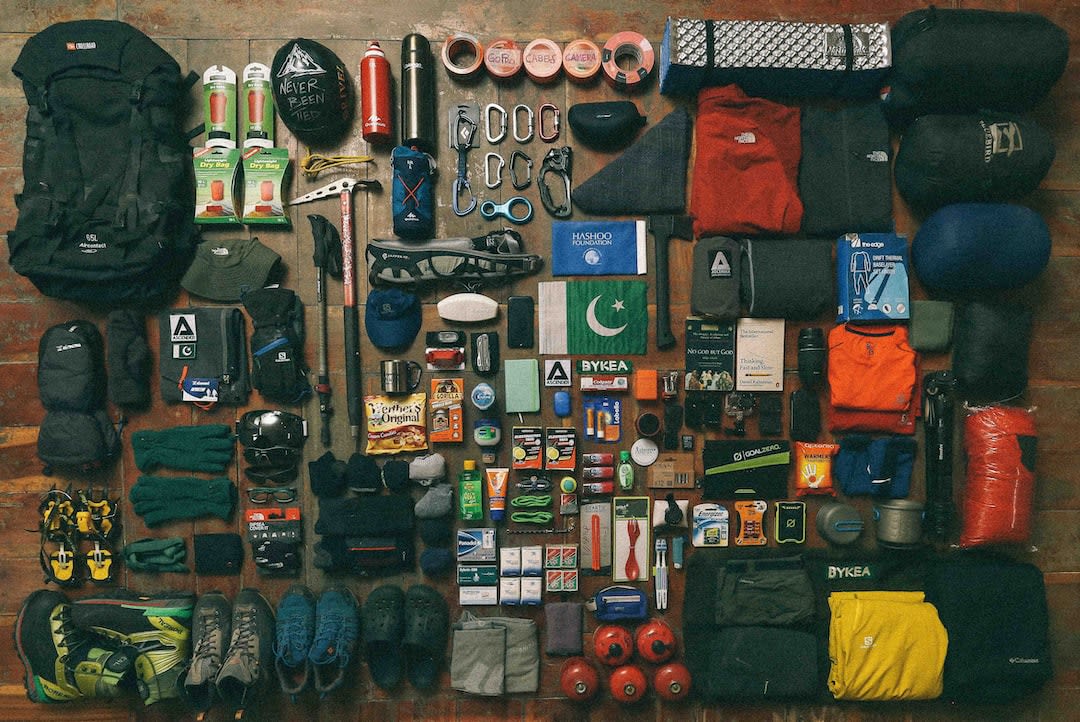
First Aid Kits are essential items to bring on any camping trip. A variety of first aid kits are available, from basic to comprehensive, offering a range of items depending on the level chosen. Basic kits usually include:
Comprehensive kits may also include items such as an emergency blanket or space blanket, sterile gloves, burn cream, splints, triangular bandage, CPR face shield, thermometer, eye wash solution or eyewash cups , cold packs and hot packs for injuries or sprains/strains.
Prices vary depending on the type of first aid kit you choose. Basic kits may cost anywhere from ten to thirty bucks, while more comprehensive ones could be fifty or even one hundred dollars.
You can purchase a first aid kit at most local pharmacies or stores that sell camping supplies like REI (Recreational Equipment Incorporated). You can also find them online at websites like Amazon where they offer different brands and sizes with varying price points so you’re sure to find one that fits your budget perfectly.
Before embarking on your next journey, it is prudent to equip yourself with the essential supplies - particularly a trustworthy first aid kit - for safety's sake.
A well-stocked first aid kit is an important part of any camping trip, and there are a range of options to suit different budgets. Now let's look into the costs associated with campsite fees, meals, and transportation.
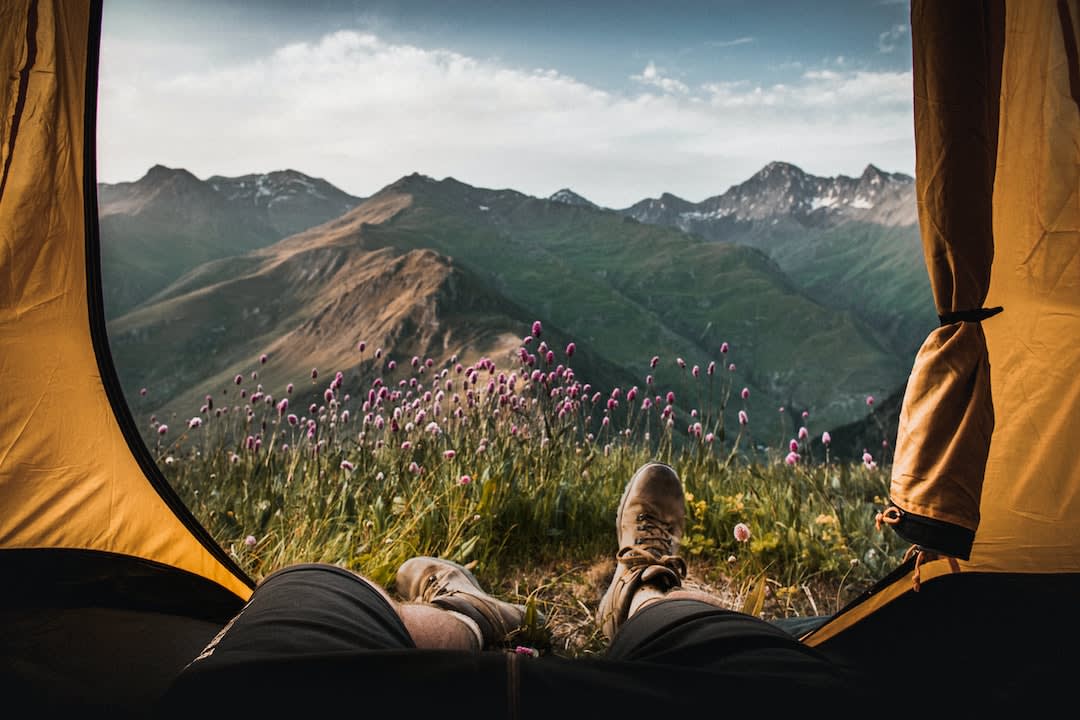
Camping fees vary from place to place and can range from free to expensive. Before your trip, be sure to research the area you plan on staying so that you can budget for any associated costs.
Many campsites offer discounts for youth, seniors, veterans, or people with disabilities. If possible, try to find a campsite that offers free or discounted rates for these groups.
Meal costs can add up quickly when traveling and camping. To save money while still having tasty meals, look into buying groceries instead of eating out every night.
Buying in bulk is usually cheaper than buying individual items and will help stretch your food budget further. You could also consider packing some easy-to-prepare foods like oatmeal packets or instant noodles for quick breakfasts or dinners if time is tight during your travels.
Check out these easy camping meals ideas.
Transportation costs are another big expense when traveling as a backpacker, but there are ways to keep them low too.
Examine alternative methods of travel, like buses or trains which may be more economical than hiring a car based on your destination and length of stay. Many cities have bike rental programs, which can be a great way to get around without spending much money.

The sum you ought to fork out for a camping trip relies on the kind of journey and your own personal financial plan. Generally, for a basic camping excursion, each person can anticipate spending roughly $100-$200 on items like foodstuffs, tents and sleeping bags.
If you plan to stay multiple nights or take longer trips with more activities involved (such as hiking or kayaking), then it is wise to set aside additional funds in order to cover any unexpected costs that may arise. Additionally, if possible try to find discounts when purchasing items like equipment rentals so that your overall expenses remain low.
Campground costs vary greatly depending on the location, amenities offered, and season. Generally speaking, campgrounds in popular tourist areas tend to be more expensive than those located in rural or less-traveled locations.
Costs can span from a few bucks for basic grounds to hundreds of dollars for luxurious RV parks with all the features. Therefore, it's essential to thoroughly investigate the campsite before making a reservation so you can be sure of what you are paying for.
Varying from place to place, the cost and features of camping in America can differ significantly depending on season. Generally speaking, camping fees range from $10 to $50 per night for basic sites with no hookups or amenities such as showers and toilets.
For more luxurious campsites with full hookups, expect to pay anywhere between $25 -$100 per night. Prices can also be higher during peak season times such as summer holidays or popular festivals.
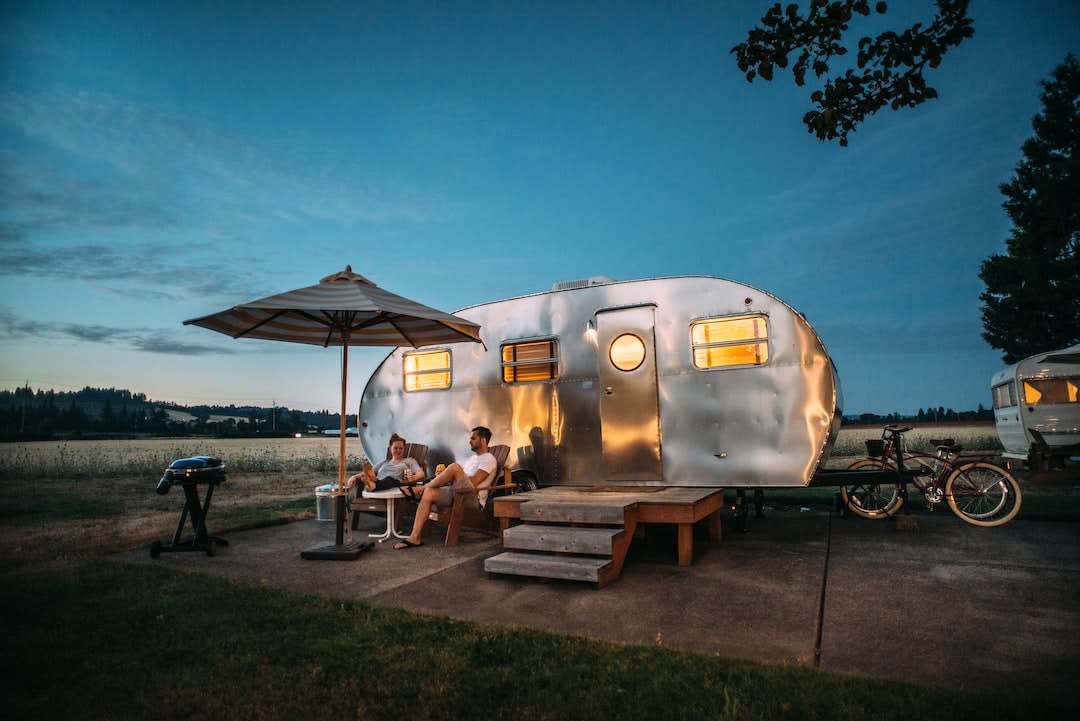
Camping costs so much because of the cost associated with purchasing and maintaining camping equipment, such as tents, sleeping bags and cooking supplies.
Many campsites charge a fee for use of their facilities and services. Transportation to and from the camping spot can be a costly venture, whether you're taking a car or plane. All these factors contribute to why camping is often an expensive activity.
But with Worldpackers' volunteer opportunities around the world, camping doesn't have to break your budget. You're wondering how much does camping cost? By exchanging a few hours of your skills at our hosts spread over 170 countries around the world you won’t have to worry about that.
Discover the amazing opportunities to volunteer abroad and make a positive impact on the world with Worldpackers. Join now to explore how much camping costs while you learn new skills! Follow me for more travel tips, local culture and adventures at @solanomundo - until we meet to live a life-changing experience with Worldpackers.
Write here your questions and greetings to the author
Sajjad
Mar 30, 2023
From where you added the 7th pic from top to bottom in this blog?
Jurayev
May 11, 2023
Hola.mi nombre esa Jasurbek quie ir America
Jurayev
May 11, 2023
Soy de Uzbekistan
Jurayev
Jul 06, 2023
안녕하세요 여러분
Jurayev
Jul 06, 2023
저는 자수르벸 이라고합니다